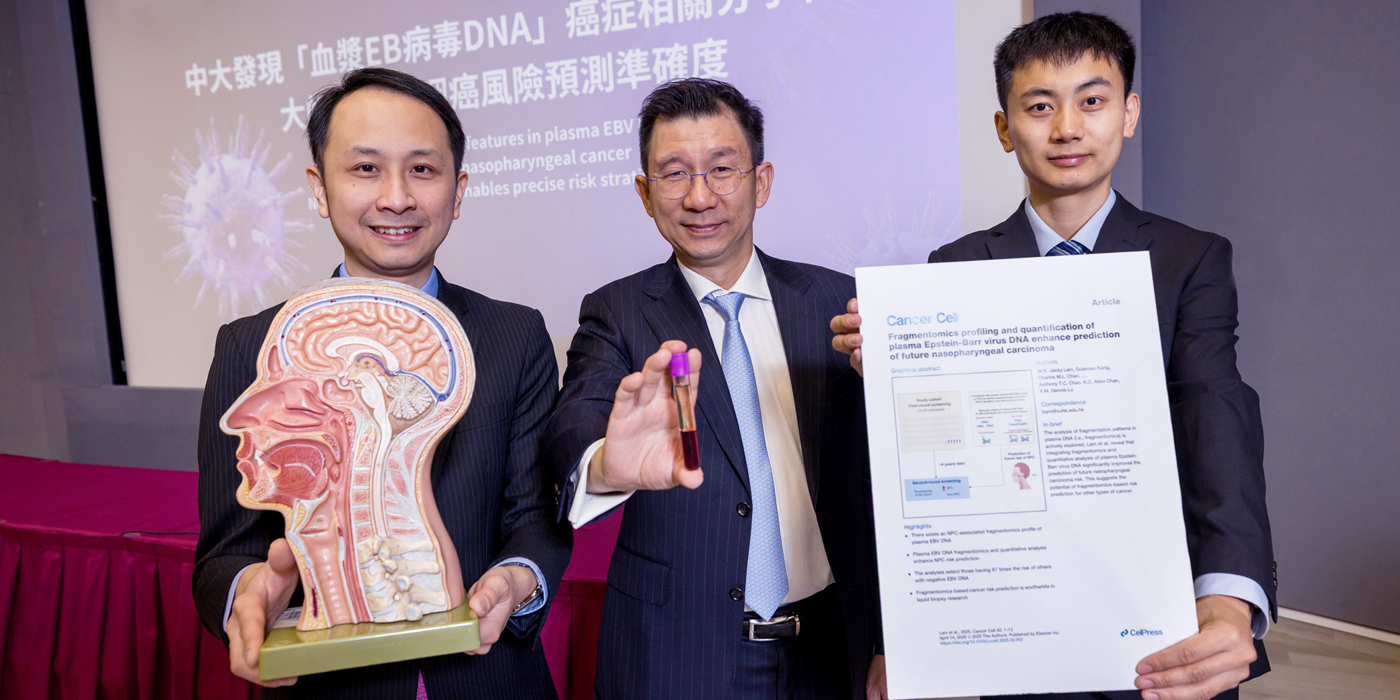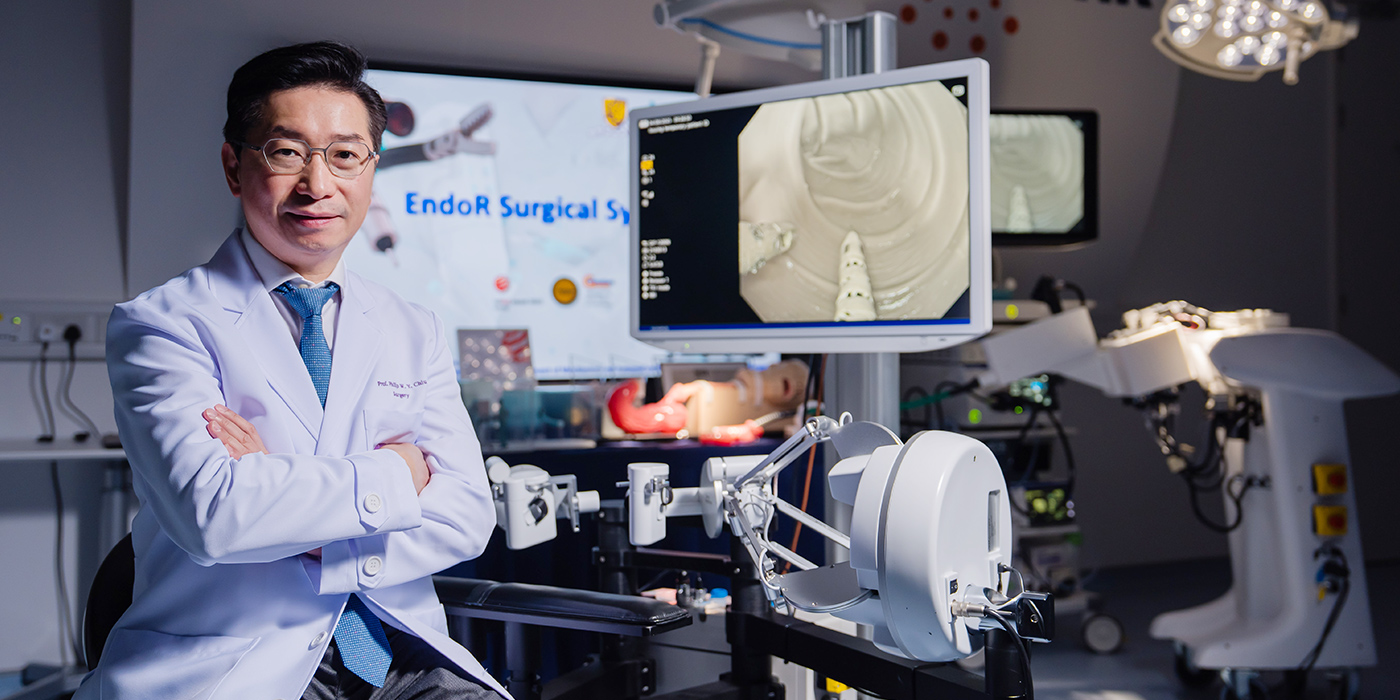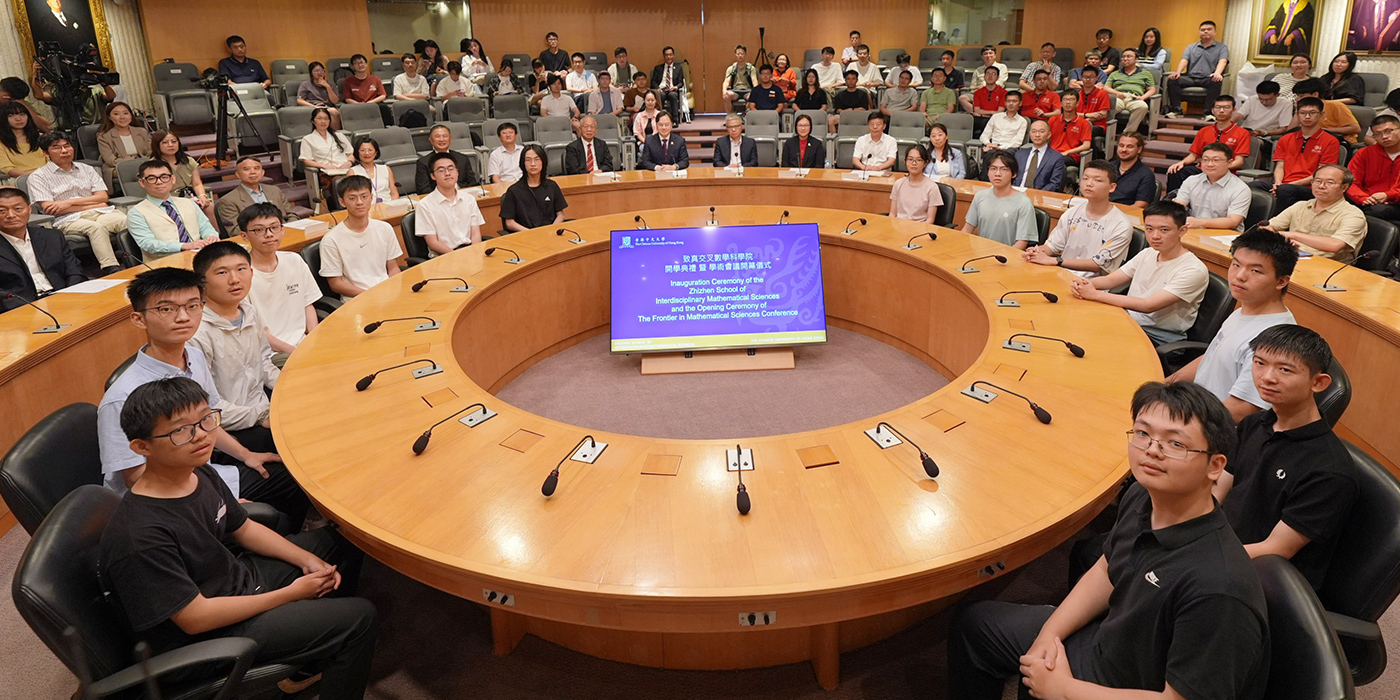Research team members (from left) Assistant Professor Dr Jacky Lam Wai-kei, Department Chairman Professor Allen Chan Kwan-chee and post-doctoral fellow Dr Kang Guannan from the Department of Chemical Pathology
CUHK finds molecular features associated with nasopharyngeal cancer, enabling precise risk stratification
26 March 2025
A research team from the Faculty of Medicine has identified molecular features in Epstein-Barr virus (EBV) DNA specifically associated with nasopharyngeal cancer by using next-generation sequencing technology, enabling more accurate risk stratification. The findings have been published in the international medical journal Cancer Cell.
Earlier studies by the faculty have shown that plasma EBV DNA screening can detect early-stage nasopharyngeal cancer in asymptomatic individuals and predict future cancer risk. In the latest study, the research team has further found that individuals with cancer-associated EBV DNA detected in their blood were shown to have an increased risk of 87 folds for developing nasopharyngeal cancer in the next four years compared to plasma EBV DNA-negative individuals. This screening strategy enables more accurate risk stratification than the conventional method using polymerase chain reaction, allowing more intense cancer surveillance among the high-risk subgroup.
Between 2013 and 2016, the research team conducted plasma EBV DNA screening on over 20,000 asymptomatic middle-aged males in Hong Kong, and identified 34 patients with nasopharyngeal cancer, of whom 70% were diagnosed at stage I or II. This has demonstrated for the first time that analysing plasma EBV DNA enables early nasopharyngeal cancer detection before the onset of symptoms. Three to five years after the initial screening, the team performed a second round of screening among the same subjects and identified another 24 nasopharyngeal cancer cases.
The members of the research team come from Li Ka Shing Institute of Health Sciences, the State Key Laboratory of Translational Oncology (CUHK), Department of Chemical Pathology, Department of Otorhinolaryngology, Head and Neck Surgery, Department of Imaging and Interventional Radiology and Department of Clinical Oncology, and the Centre for Novostics at Hong Kong Science Park. Novostics is supported by the Hong Kong government’s InnoHK scheme.




















